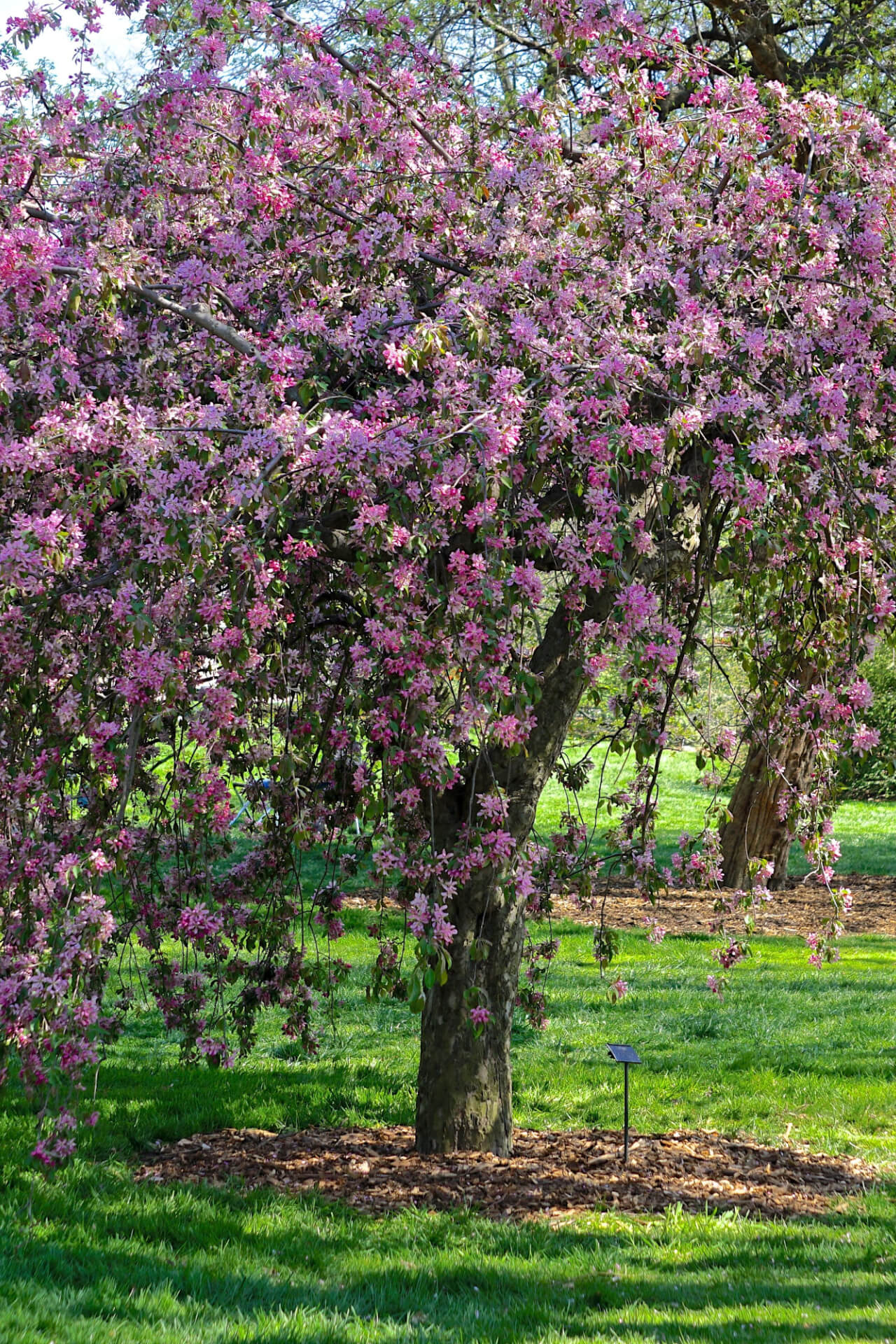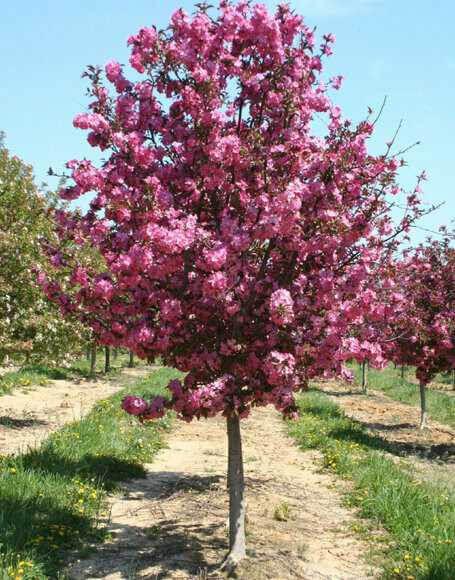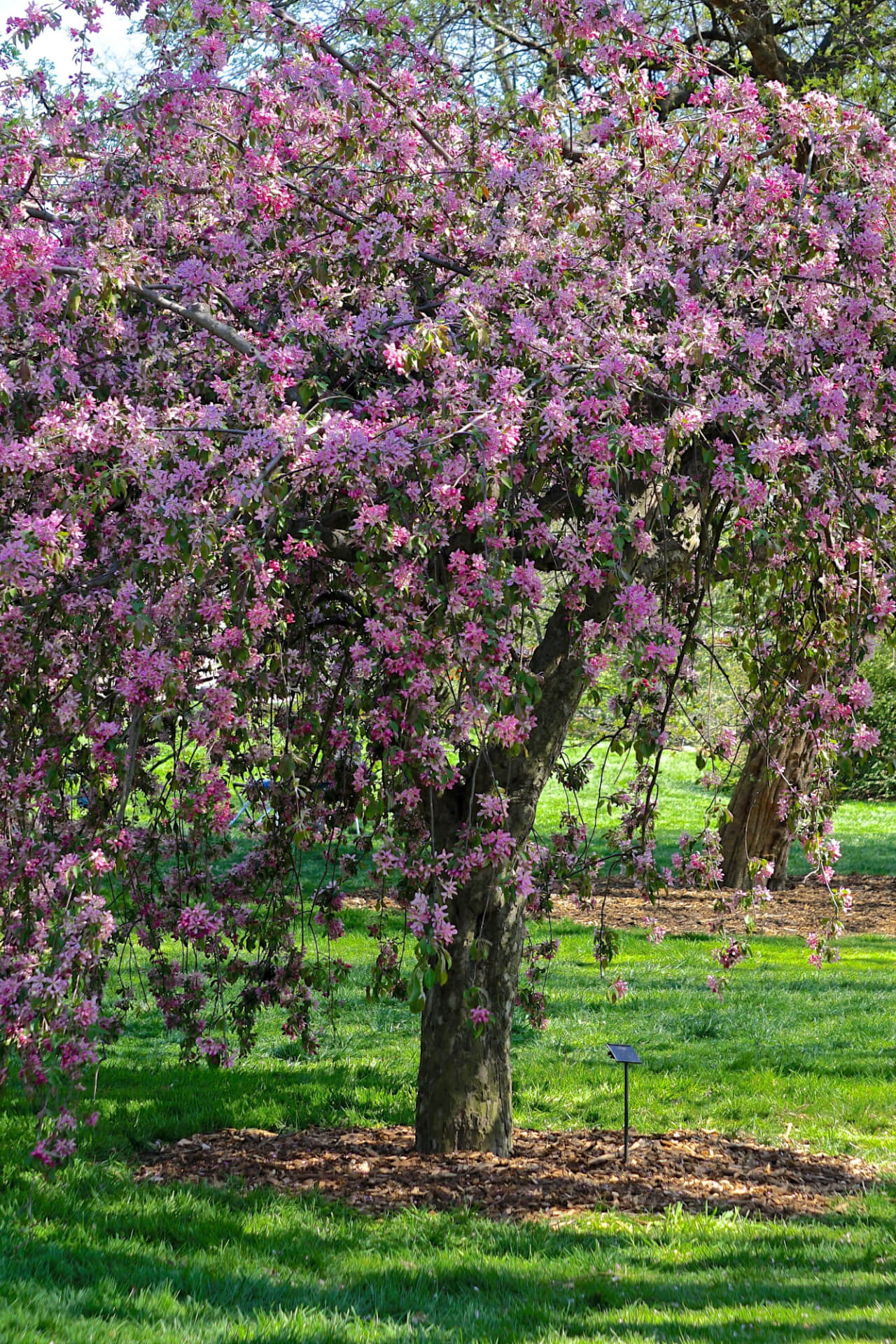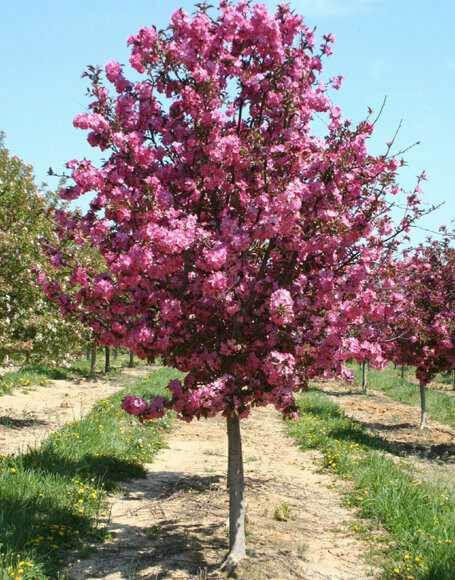


Crabapple Tree
Crabapple trees, scientifically known as Malus, are a diverse and ornamental group of small to medium-sized deciduous trees and shrubs that belong to the Rosaceae family. These trees are renowned for their charming springtime blossoms and colorful, petite fruit, which add beauty and interest to gardens and landscapes worldwide.
The trees are appreciated for their stunning flowers, which typically bloom in late spring to early summer, depending on the variety. The blossoms range from white and pale pink to deep red and can create a breathtaking display, attracting pollinators like bees and butterflies. Their vibrant and aromatic blooms often serve as a focal point in residential gardens, parks, and public spaces.
One of the standout features of the trees is their small, apple-like fruit, which varies in size, color, and flavor depending on the specific cultivar. These fruits are visually appealing and serve as a food origin for nature, including birds and small mammals.
Crabapple Tree Are Versatile
The trees are hardy and adaptable, making them suitable for various climates and many different soil types. They require well-drained soil and prefer full sunlight for optimal growth and flowering. Some popular crabapple cultivars include 'Royal Raindrops' with deep purple foliage and bright pink flowers, 'Prairifire' known for its dark red blossoms and maroon leaves, and 'Sugar Tyme' with pink buds that open into white flowers.
Beyond their aesthetic appeal, the trees have cultural significance in various parts of the world. In some cultures, they symbolize love and fertility; in others, they are associated with rebirth and renewal.
In conclusion, the trees are cherished for their captivating blossoms and colorful fruit, making them a favorite choice for landscaping and ornamental purposes. Their adaptability and capability to thrive in various environments make them a beloved addition to gardens and green spaces worldwide.
Buy Crabapple Tree At Wholesale Nursery Co
- Choosing a selection results in a full page refresh.
- Opens in a new window.



